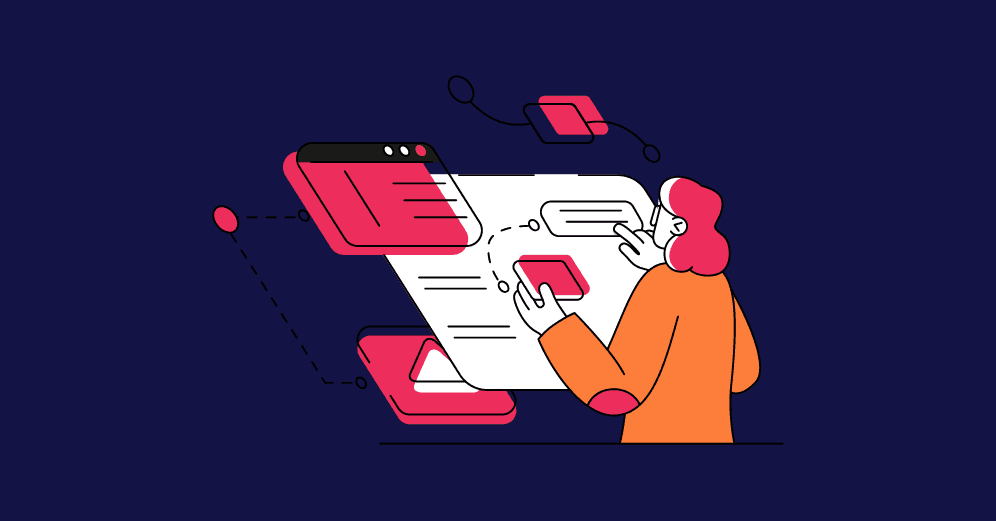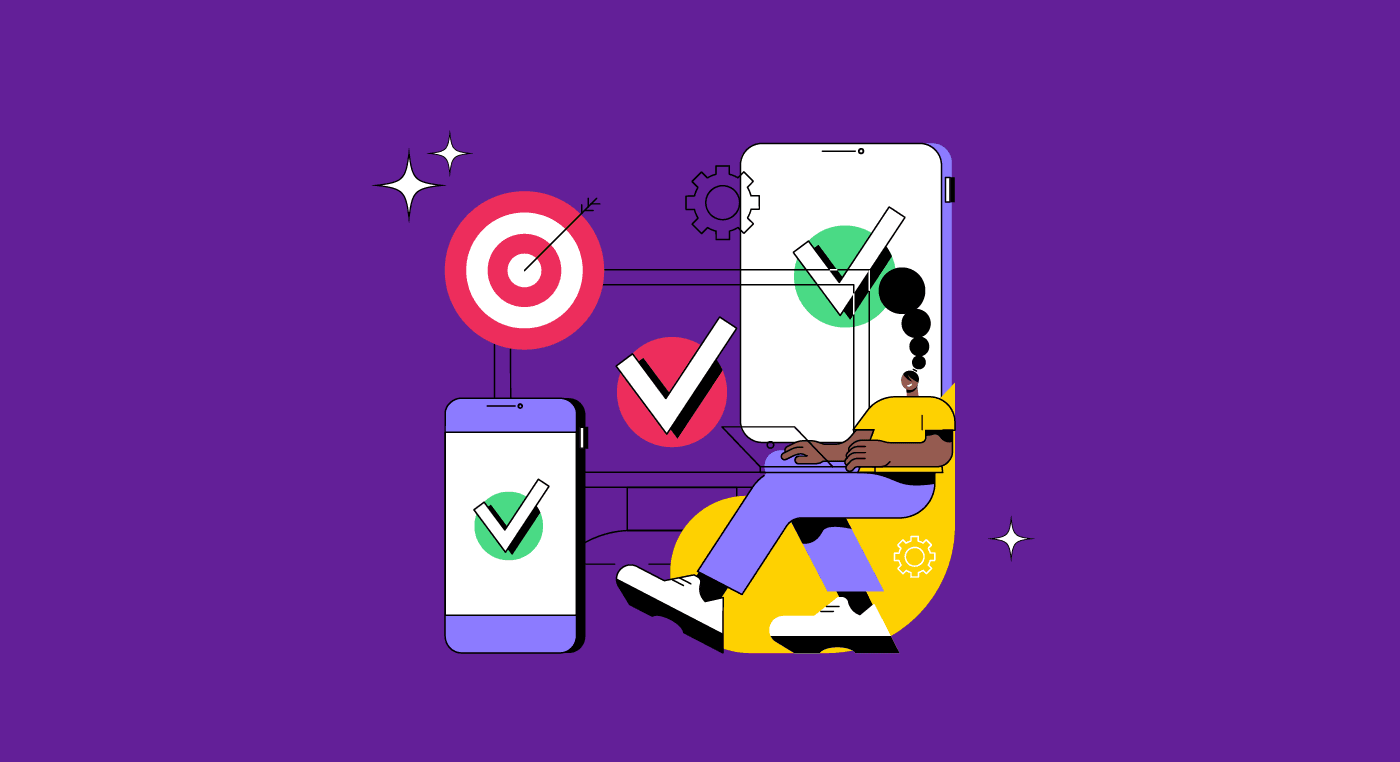Have you ever bought a product based on how it makes you feel? An elegant bottle of perfume, a mobile app, or a new bike?
Products can trigger emotions and influence our buying decisions, even unconsciously.
Since emotions play an essential role in how you respond to situations, it is only natural that if a product makes you feel nostalgic or excited, it will impact your purchasing behavior.
Therefore, UX Designers should understand how emotions help add value to products so that they can make better designs according to users' personalities.
This article talks about Emotional Design and how it can boost your UX Design projects to connect with users.
Why are emotions so important?
Emotions are psychological and physical reactions triggered by certain external impulses or thoughts, like the excitement before the weekend or the Monday blues.
Beyond communicating our mood throughout the week, emotions help us socially with our interactions with people and objects.
Studying emotions in UX Design is essential to understanding how a design can improve or worsen users' interaction and experience.
In this regard, Don Norman — from Nielsen Norman Group — describes what Emotional Design is and how it is crucial in product development.
What is Emotional Design?
According to Don Norman, Emotional Design is the practice of using design to arouse users' emotions and establish powerful connections between them and products.
In this sense, Emotional Design helps understand why a user chooses one product over another. For example, let's think about water bottles.
Why do I choose one water bottle over another if the water is the same?
Because that bottle design has established a connection with me, it has aroused a good feeling, maybe joy or satisfaction. It perhaps reminds me of some good memories I have.
Therefore, Emotional Design is essential because it considers the users' emotions and feelings when interacting with a product.
Delving into this matter, a user may choose a product based more on his emotion than on the product's features and functionality.
Emotional Design has three levels, as we'll see below.
The levels of Emotional Design

1) Visceral
Emotional Design's visceral level is the most related to our subconscious. It is responsible for our level of satisfaction — or dissatisfaction — with products.
This level regards our first impressions. Hence, it is about what we consider pretty, ugly, pleasant, or boring while interacting with a product for the first time.
As this level works with our subconscious, it is responsible for making users believe that a product has a good design only because it is pretty.
Therefore, a good choice of colors, buttons' organization, and rounded corners can get users' attention without them even noticing it.
The famous Apple desktop computer Power Mac G4 Cube is a good example of how visceral level works.
This computer had a higher price and lower performance than Apple's standards. But, it received the prizes of "Product of the Year" and "Best Desktop Computer" because of its modern and bold design.

In fact, to this day, many people consider it the best Mac ever made.
This shows us how sometimes the subconscious makes wrong assumptions between beautiful design and functionality.
Reading tip: Typography in UI – How To Enhance User Experience
2) Behavioral Level
The behavioral level also works with the subconscious, but differently.
While visceral is related to sensory aspects, behavioral emotions are more related to physical and motor skills. It affects our expectations in relation to products.
Don Norman explains that several of our behaviors are automatic, and the pleasure we feel when our expectations are met is related to the product's usability and ease of use.
We feel satisfied when we accomplish a whole task easily and quickly, with no assistance.
Therefore, Emotional Design's behavioral level is where usability and UX Design have more impact.
Don Norman's behavioral level example is a teapot that avoids long infusions, saving the customer from drinking bitter teas. The user has total control over how this teapot works, which increases their satisfaction.

3) Reflective Level
The last Emotional Design level is called Reflective and is related to our superego. It doesn't have control over what we are doing, but it is responsible for analyzing everything.
Don Norman then explains that this level draws the way we connect to products and how they can represent us. This is where we consciously review products.
In this regard, the Reflective Level is strongly related to our personality and how users want to make a good impression while using a product.
A luxury watch is a good example of the Reflective Level. The social impact of this product is higher than its functionality.
Users usually feel good wearing one of these watches because it reflects their personality to others.
It is common to choose products that are in line with our personality. If we do sports, for example, we will buy and use things that reflect this lifestyle.

How does the Reflective Level influence user decision-making?
The Reflective Level is the most conscious out of the three presented by Don Norman. This level uses information from the Visceral and Behavioral responses and helps us make decisions.
There are 3 common situations where the Reflective Level influences our decisions:
- Superficial Qualities: users make decisions based on how they want others to perceive them; it's related to their image and social status;
- Past Experiences: when people buy products that remind them of something good; it's then related to their memories and nostalgic feelings;
- Personal Development: this situation concerns how users project themselves into products. If a person wants to get healthy, they will buy products related to fitness and health. In addition, people usually buy products that reflect their personality or represent some dream or desire.
Developing products using Emotional Design
At this point, you have learned that using emotions is very helpful when we want to develop products that better connect with users.
There are different levels and ways to use Emotional Design to improve user experience.
But how can you use all this theoretical load to truly develop a product that triggers user emotions?
First of all, remember to use User Personas.
How to create User Personas?

We need to say that User Persona is not the main focus of this article. So, we recommend the read below to fully understand the matter:
User Persona is a crucial tool for UX Design. It represents the ideal user, including a given name, age, occupation, etc. It also provides essential information about their motivation and needs, helping to answer questions like:
- How do users want to feel while using your product?
- What are they trying to accomplish?
- What makes users connect with your product? What are their motivations?
These questions are fundamental to understanding who your users are and their emotions, so designers can develop products that meet customer expectations.
Creating context
Understanding the user and creating a persona is not enough. All of this has to be in a specific context.
Creating a context helps UX Design teams identify the main gaps between users and their objectives.
With this, it is possible to see opportunities and understand how to create solutions to overcome these gaps.
To help you create context and comprehend users, ask yourself the following:
- The magical product: how can your product make the user fully satisfied?
- Product as a person: how can your product communicate with the user to solve their needs?
Who is Don Norman?

We have mentioned Don Norman several times in this article, and perhaps some people don't know him yet. So here is a short brief about him.
Donald Norman — Don — is a cognitive scientist known as the father of usability. He is also one of the founders of Nielsen Norman Group (NN/g), and his work is all about helping companies develop Strategic Design.
Don is also an author and has published many books about design, like The Design Of Everyday Things and Emotional Design: Why We Love (Or Hate) Everyday Things, which was the main subject of this article.









